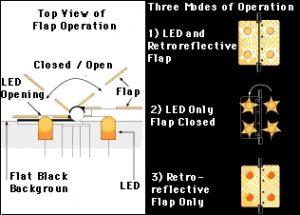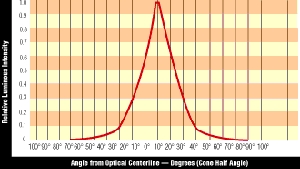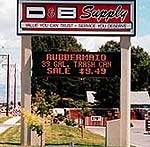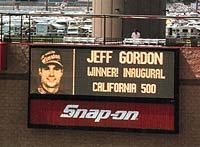Touring the world of electronic signs, it’s common to focus on moving-message meccas like Las Vegas or Times Square. These spectacular signage environments can create the false impression that, unless you’re talking about grand-scale, full-color displays with video capability, you’re out of the game. But in the real world, where streets aren’t paved with gold, it’s more common to encounter monochrome message signs that broadcast point-of-purchase advertising, time and temperature, traffic-control information and bus routes.
This is also the segment of the moving message market that’s accessible to most sign companies. Brian Henn, general manager of |2126| (Grand Island, NE), estimates that 80 percent of the electronic message center market consists of simple monochrome displays in settings like banks, schools, retail stores, convention centers, travel centers, hotels and motels. According to Henn, "The average sign company will sell two or three message centers per year at a price tag of $10,000-30,000 each." Electronic Display Systems
Incorporating electronic signs with standard signage expands the customer’s advertising options and enhances the sign professional’s bottom line. We sometimes wrongly assume that "high-tech" applies solely to new species of electronic displays. But while new technologies have been making waves, conventional displays have also improved dramatically.
Highway hybrids
In most urban areas, rush-hour traffic gets worse every year. While fighting these daily jams, however, you’ve probably noticed that the electronic signs warning of trouble or delays keep getting better and brighter. Nathan S. Batson of American Electronic Sign (Spokane, WA) explains how his company reconciled the differing capabilities of various technologies in its current line of Vehicle-Mounted Signs (VMS). "Fundamentally, there are two types of VMS display technology for traffic applications. Light-emitting VMS displays are at their best in low-light conditions, at night or on cloudy days. They are at their worst in bright daylight, because the light emitter must be capable of overpowering the brightness of sunlight — a formidable task. Reflective displays are at their best in bright daylight, because they reflect back the sunlight, becoming brighter as the sun gets brighter."
American Electronic Sign’s solution to this apparent dilemma is to combine both light-emitting and reflective components in hybrid VMS displays that offer excellent visibility regardless of weather conditions or time of day. The company’s Smart Flap
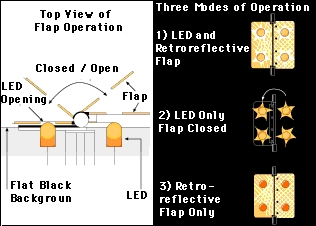

 Tip Sheet1 week ago
Tip Sheet1 week ago
 Ask Signs of the Times2 days ago
Ask Signs of the Times2 days ago
 Real Deal1 week ago
Real Deal1 week ago
 Benchmarks5 days ago
Benchmarks5 days ago
 Editor's Note2 weeks ago
Editor's Note2 weeks ago
 Women in Signs1 week ago
Women in Signs1 week ago
 Product Buying + Technology2 weeks ago
Product Buying + Technology2 weeks ago
 Photo Gallery7 days ago
Photo Gallery7 days ago
